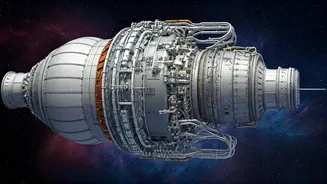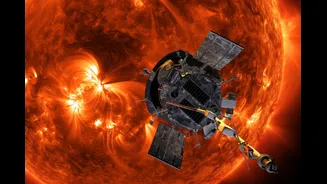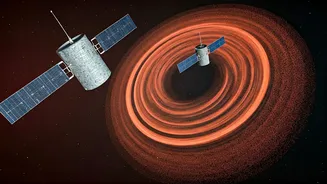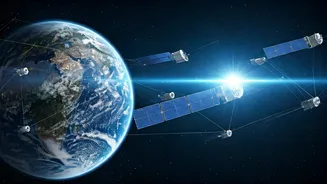Here are today’s most important updates from the realm of Science and Space.
Cool Discovery: Many Sub-Neptune Worlds May Lack Magma Oceans
Scientists have long assumed that, like rocky planets such as Earth, sub-Neptunes
begin with molten magma oceans. Their thick hydrogen-rich atmospheres were thought to trap heat efficiently, allowing the magma ocean phase to persist far longer than on Earth. New research suggests that the assumption that all sub-Neptune planets have molten silicate surfaces isn't always true. The study challenges this idea. According to the researchers, while the evolution and structure of sub-Neptunes may be influenced by interactions between an outer gaseous envelope and a potential magma ocean. Some sub-Neptunes may have solid silicate surfaces.
Dying Stars, Doomed Worlds: Red Giants May Wipe Out Their Planets
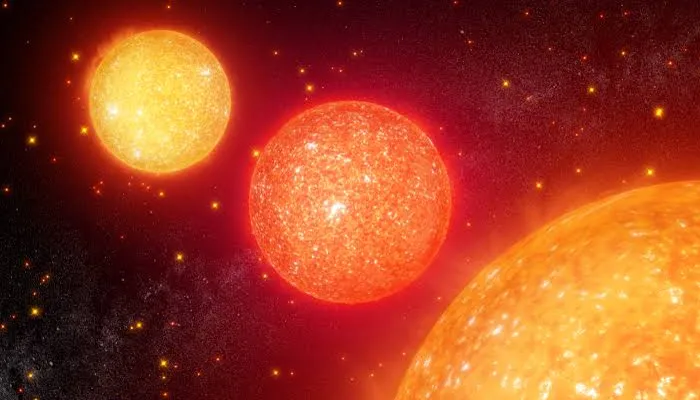
When stars like our sun age and enter their "red giant" phase, they may be far more dangerous to their planets than scientists had realised. Using NASA's Transiting Exoplanet Survey Satellite (TESS), astronomers have discovered new evidence showing that many planets are destroyed as their stars undergo this dramatic transformation. TESS hunts for planets outside our solar system, known as exoplanets, by observing tiny dips in a star's light when a planet passes in front of it. This study revealed that planets around red giants have a very low chance of survival, suggesting that many planets are destroyed or accreted by the star during this stage.
Scientists Are Cooking Up Space Food Using Thin Air and Astronaut Urine

NASA and other space agencies are working on manned missions to the Moon and Mars, with scientists even developing plans to build colonies there in future. What would astronauts eat during these long-duration missions? In order to tackle the issue, Europe has taken some crucial steps towards sustainable space exploration with its innovative plan to create food from thin air and astronaut pee. The European Space Agency (ESA) has launched the project HOBI-WAN, aiming to develop a food-production method that can be used on long-duration missions to the moon and Mars. This technology has already been demonstrated on Earth, and now, Solar Foods will work with OHB System AG to test Solein production in space. This technology can support long-duration missions and address food security challenges in space.
Explained: The Explosive Chemistry That Made the Delhi Incident So Violent
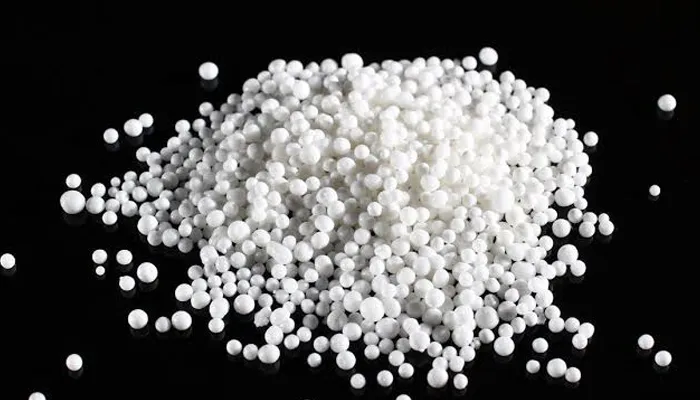
Preliminary investigations on Delhi blast have found traces of ammonium-nitrate near the site, a key component in ANFO, which is widely used both industrially and in improvised explosive devices due to its potency and cost-effectiveness. Ammonium-nitrate (NH4NO3) is a white crystalline chemical commonly used as a nitrogen-rich fertiliser in agriculture. By itself, it is chemically stable and non-explosive under normal conditions. However, when combined with a fuel source such as fuel oil, a petroleum-based substance, it forms ammonium-nitrate fuel-oil, or ANFO, a powerful bulk industrial explosive. ANFO typically consists of about 94% ammonium-nitrate and 6% fuel oil. The ammonium-nitrate serves as the oxidising agent, while fuel oil acts as the combustible material.




